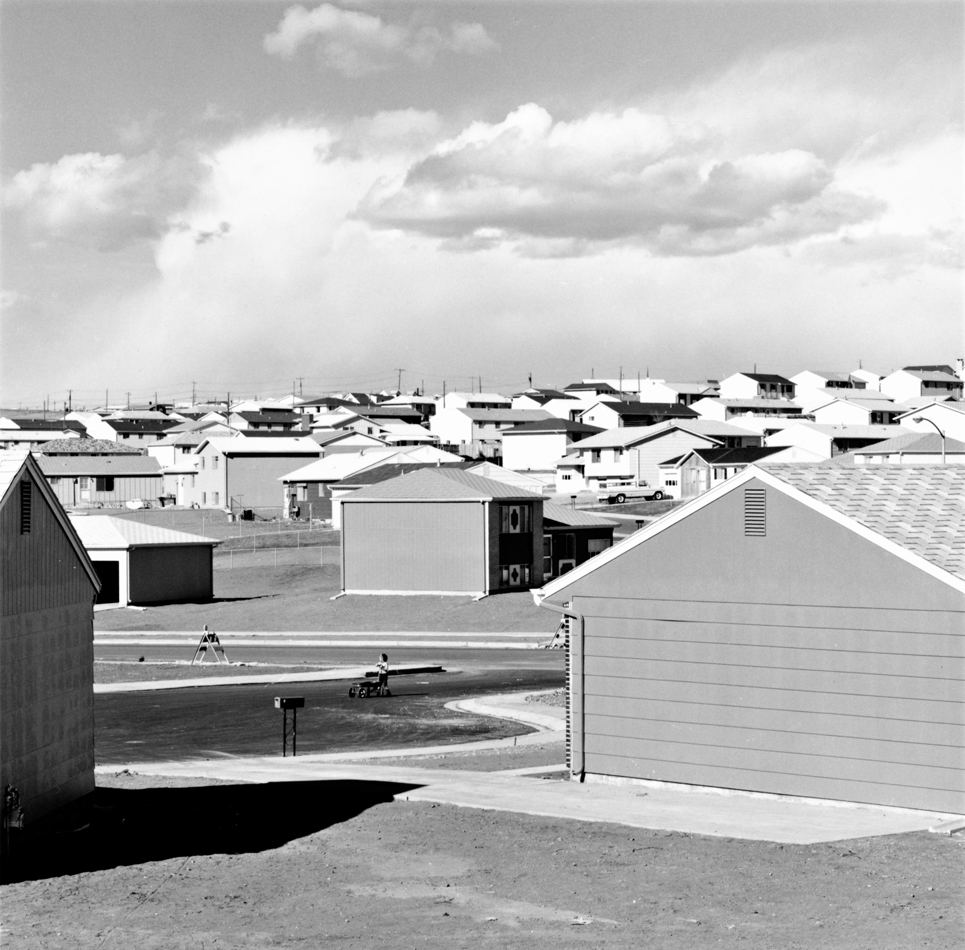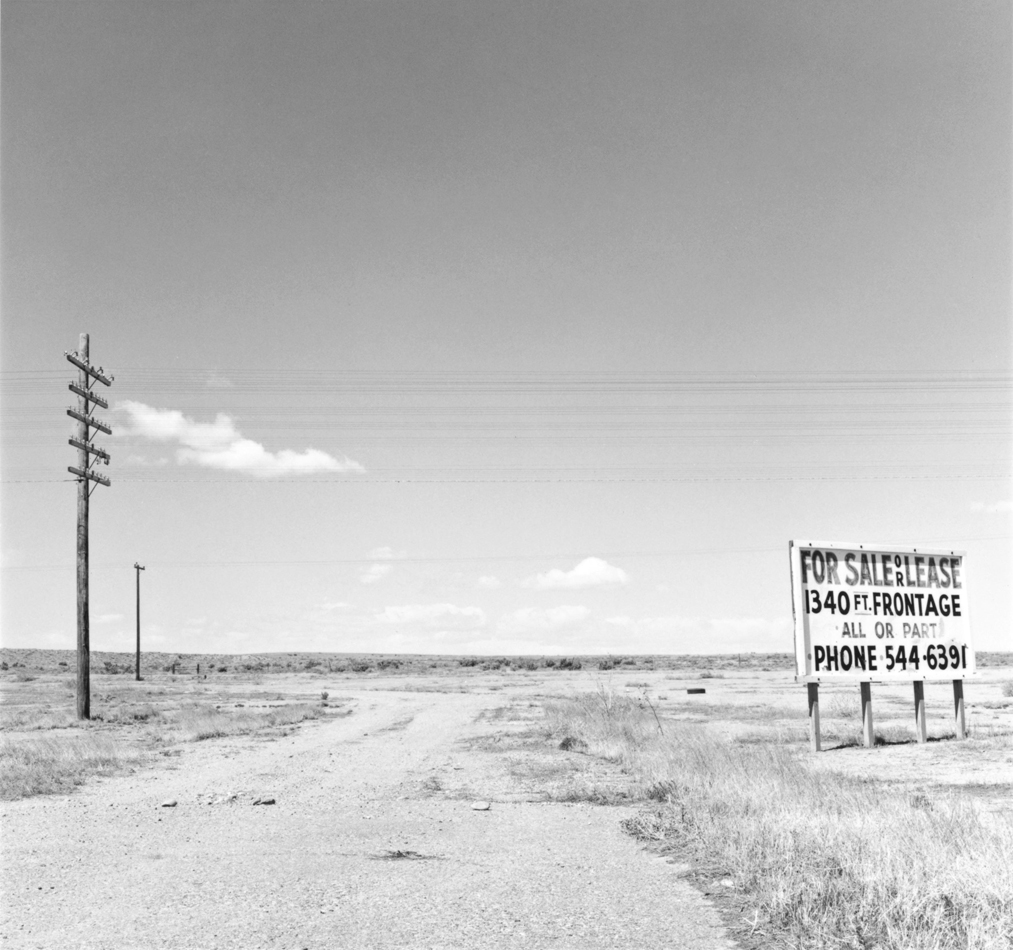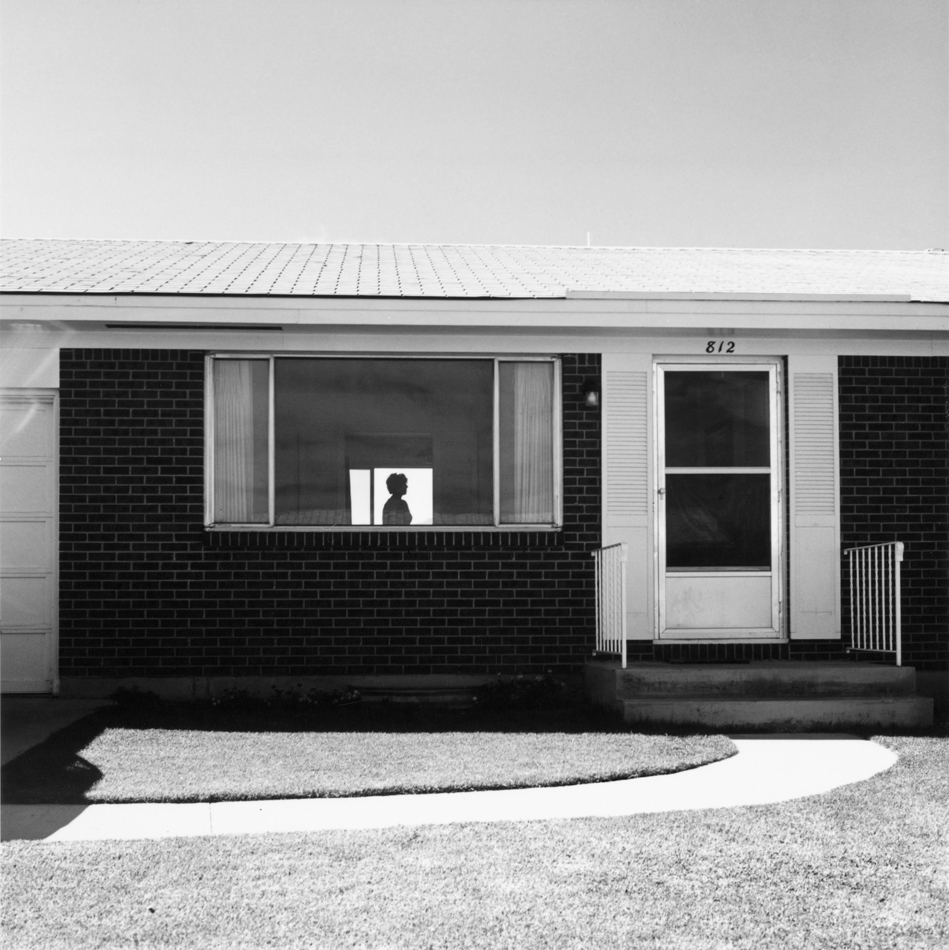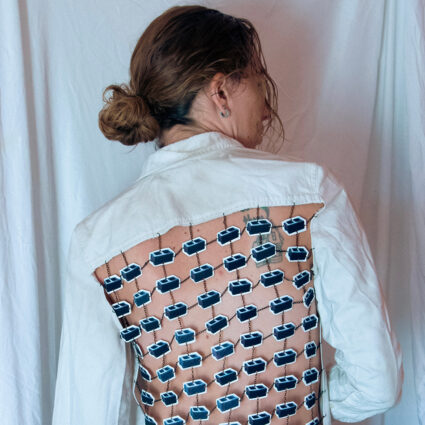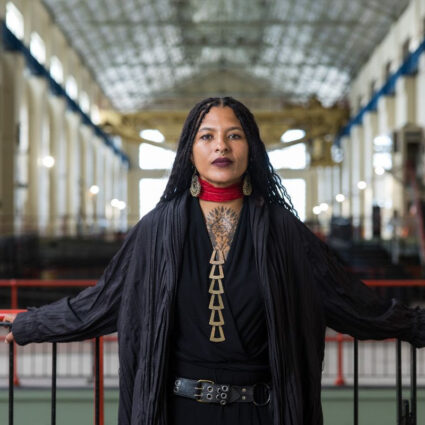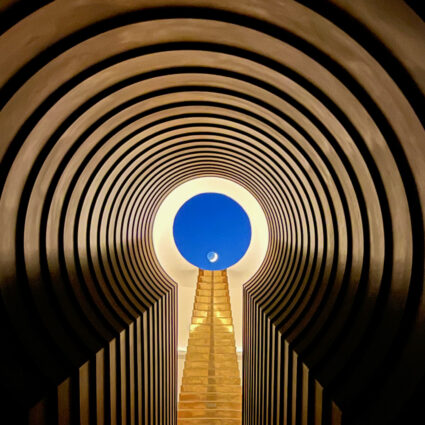The republication of Robert Adams’s The New West evokes reflections on what it means to intimately know the subject of renowned photographs.
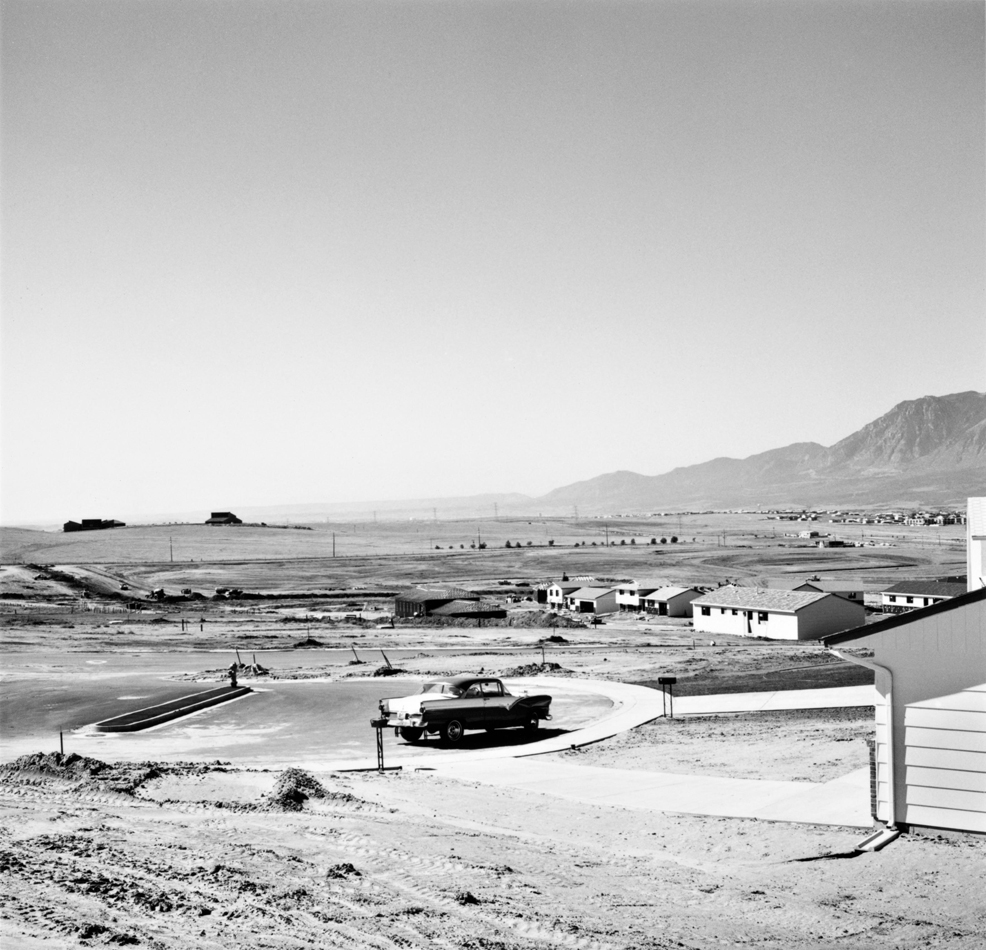
Earlier this year in a north Denver bookstore, my friend turned to me and said, “This is really unnerving.” We were flipping through a copy of The New West: Landscapes Along the Colorado Front Range.
The store owner had let us peruse his personal copy of the 1974 book by photographer Robert Adams after I had explained how difficult it is to find for sale and that I’d become obsessed with trying to locate a copy. Out of print and a bit of a splurge on resale websites, The New West has long topped my wish list for its subject matter: the “implications of American culture and society” as suburbia took over swaths of land where the High Plains meet the Rocky Mountains during the 1960s and ’70s.
Many of the fifty-six images in the photo essay were taken near where my friend and I grew up. The photos predate our childhood by about thirty years, but the scenes are still recognizable. In Pikes Peak Park, a patchwork of suburban rooftops in a planned neighborhood in Colorado Springs sits quietly under low-hanging storm clouds. Another Colorado Springs photo features the framing of a tract home, which has become synonymous with Western suburban life. These images—and the ones in Adams’s 1999 book Eden, taken in 1968, foreshadowing The New West—have sold for tens of thousands of dollars, if not more, and belong to the collections of prestigious art institutions like MoMA.
We understood as teenagers that we would have to eventually leave the region to find the kind of jobs and lifestyles we wanted. As adults, we both did. Southern Colorado tends to lag behind the rest of Colorado’s economy and can’t quite shake an unfair reputation as being, among other stereotypes, dilapidated.
Pueblo’s Eden neighborhood, a common setting of Adams’s photos, is a place even my friend and I had trouble pinpointing as we flipped pages. It’s now been gobbled up by big box stores that sit on the edge of Pueblo, about a half-hour drive from Colorado Springs. Just north of there, off of Interstate 25, a truck stop—a common subject of Adams’s photos—sat defunct for years. As teenagers, we’d pass by it on our way home from concerts in other cities. We’d count the bunnies darting across the roads at 2 am. It’s now a weed shop.
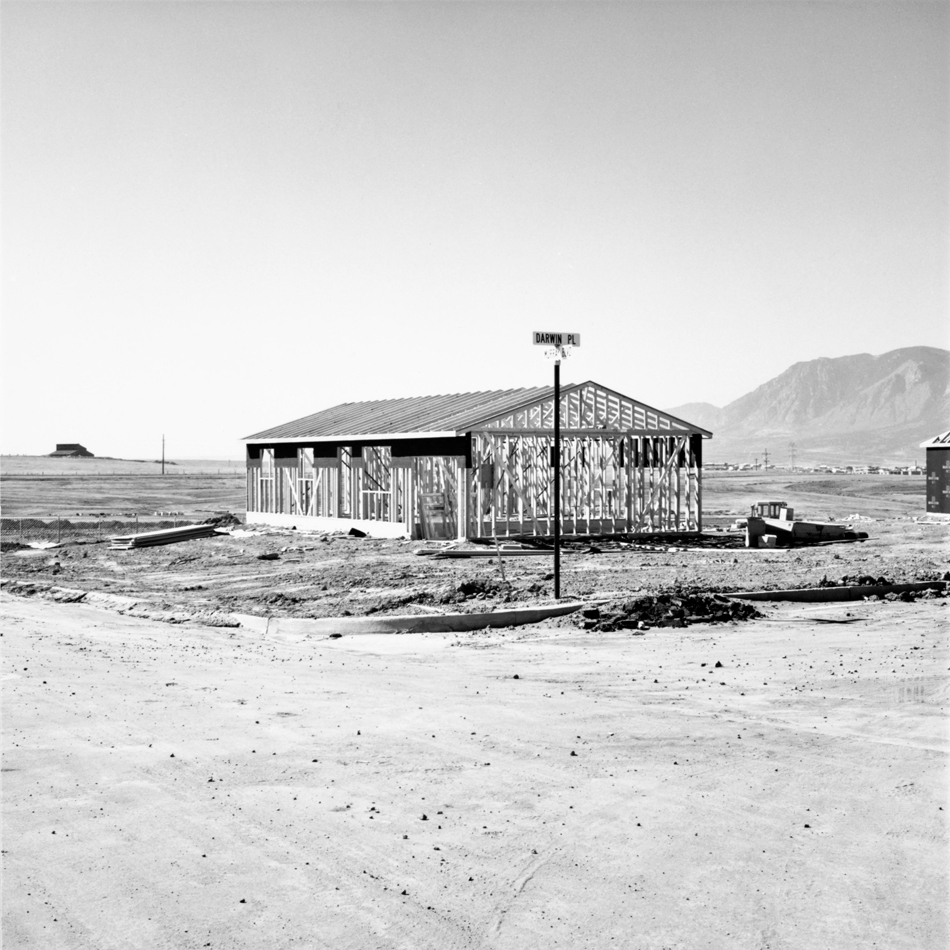
What Adams sought to capture in those photos—a changing landscape thanks to quick and cheap development—is in another cycle of evolution.
“What’s really unnerving is that we couldn’t even afford to buy these photos,” I told my friend. We both seemed to understand that what I actually meant was that the value assigned to this art did not align with how we were made to feel about the place or with how others seem to generally view it.
Truthfully, few people we were raised around could or would purchase these images. I often wonder if they’d see artistic value in the images like curators and collectors do.
What Adams sought to capture in those photos—a changing landscape thanks to quick and cheap development—is in another cycle of evolution.
“Adams changed so many people’s practice ,” says Colorado photography curator Rupert Jenkins, who points out that much of Adams’s style is defined by his use of light and his printing techniques. “It was like the veil was lifted. He showed the world what they were seeing and gave them permission to a completely new way of working.”
After that day in the bookstore, I find myself again searching the internet for a copy. I’m elated to see that the German photo-book publisher Steidl says on its website it will be reprinting the book this year, and that it will cost about $54. Upon confirming that detail while writing this story, a representative from Steidl says they have “no information” to share about the reprinting and aren’t sure when to expect it.
The search for The New West continues.

